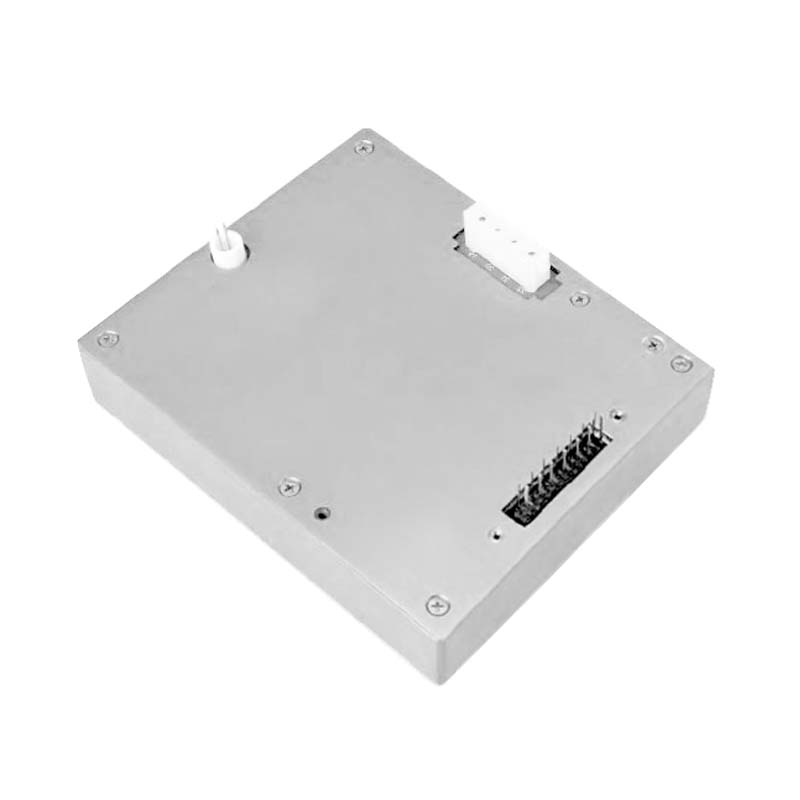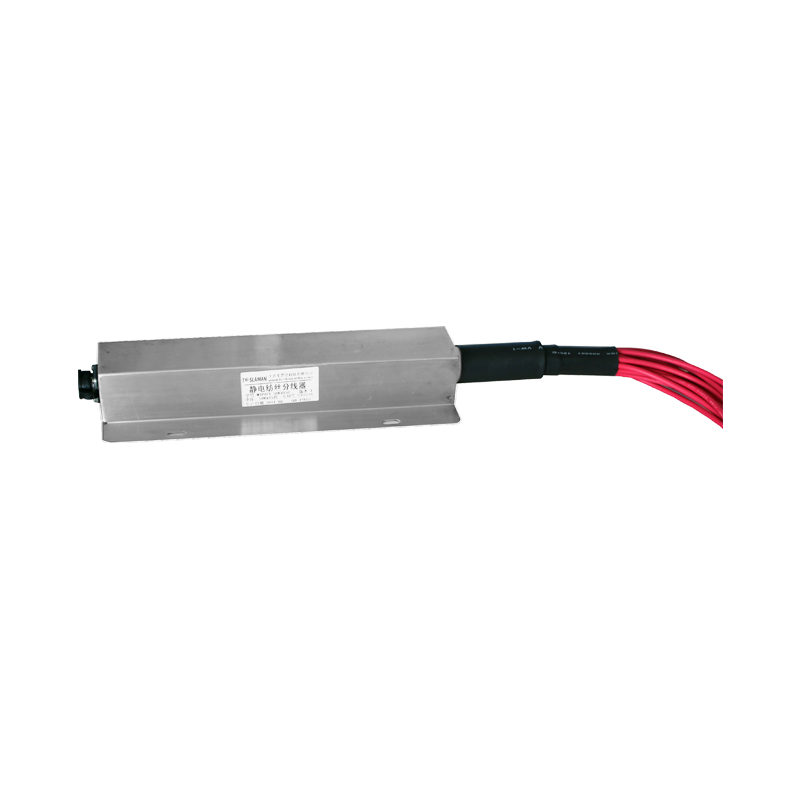Research on Adaptive Resonant Compensation for High-Voltage Power Supplies in Lithography Systems
Introduction
As the core equipment in semiconductor manufacturing, the performance of lithography machines’ high-voltage power supplies directly affects exposure accuracy and chip yield. These power supplies deliver stable energy to critical components such as electron beam deflection systems and ion optics units. However, microsecond-level load current jumps (e.g., current surges from 10% to 90% rated load within 1μs during electron beam scanning) require sub-millisecond transient response capabilities. Voltage recovery delays or overshoot can cause defects like uneven exposure dose and linewidth distortion, where even a 0.1nm beam placement deviation may lead to pattern failure in sub-3nm processes. Traditional linear power supplies lack sufficient bandwidth, making resonant topologies (e.g., LLC converters) with adaptive compensation a key solution.
Technical Principles of Adaptive Resonant Compensation
1. Dynamic Tuning of Resonant Networks
High-voltage power supplies in lithography systems often employ multi-phase interleaved LLC resonant converters. Their core mechanism leverages inductor (L)-capacitor (C) resonant tanks to achieve Zero Voltage Switching (ZVS), reducing switching losses and improving efficiency. The resonant frequency is defined as:
f_0 = \frac{1}{2\pi\sqrt{LC}}
Fixed resonant parameters under load transients cause two issues:
• Light-load conditions: Switching frequency must increase significantly to stabilize voltage, but higher frequencies escalate turn-off currents and losses.
• Heavy-load steps: Insufficient energy circulation in the resonant tank causes output voltage undershoot beyond tolerance (e.g., >50mV).
Adaptive resonant compensation dynamically adjusts parameters by monitoring load current change rates (di/dt) and output voltage ripple:
• Frequency tracking: Adjusts switching frequency near the resonant point to maintain optimal ZVS operation, avoiding light-load instability.
• Capacitor network reconfiguration: Uses layered capacitor arrays (electrolytic + low-ESL ceramic capacitors) to reduce high-frequency impedance (to mΩ-level) and accelerate transient current release.
2. Phase Compensation and Model Predictive Control (MPC)
Phase lag is a primary cause of voltage recovery delays. Adaptive strategies include:
• Quasi-resonant controllers: Detect current lag from inductive loads and inject leading compensation currents to offset capacitor charging/discharging delays.
• MPC algorithms: Build state-space models of LLC converters to predict load demands 2–3 cycles ahead, pre-adjusting duty cycles and phase. Experiments show 40% shorter voltage recovery time and 60% reduced overshoot.
Technical Advantages and Performance Improvements
1. Enhanced Transient Response
• Under 10A/μs load steps, adaptive compensation compresses voltage recovery to <35μs with ±0.03% fluctuation, meeting the 0.01% voltage ripple requirement for EUV lithography.
• For parallel multi-module systems, digital current-sharing algorithms enable N+1 redundancy with <2% deviation, ensuring dose stability during single-module failures.
2. Efficiency and Reliability Optimization
• Wide-bandgap devices (GaN/SiC) increase switching frequency to MHz-level, reducing losses by 60%;
• Resonant energy circulation decreases by 30%, lowering semiconductor stress (e.g., 50% reduction in MOSFET turn-off current).
Future Challenges and Directions
As processes advance toward sub-2nm nodes, adaptive resonant compensation must overcome three boundaries:
1. Response Speed Limit: Gallium oxide (Ga₂O₃) devices withstand 8kV with dv/dt up to 200V/ns, enabling picosecond-level response.
2. Multi-physics Coupling: Thermo-electrical co-management (e.g., microchannel cooling to maintain junction temperature fluctuation <1°C) prevents parameter mismatch.
3. Intelligent Diagnostics: Deep learning algorithms predict resonant point drift for proactive fault isolation.
Conclusion
Adaptive resonant compensation technology for lithography high-voltage power supplies resolves voltage stability challenges under nanosecond load transients by integrating dynamic tuning, phase compensation, and MPC. Its core innovation transforms resonant topologies from passive response to active adaptation, supporting semiconductor manufacturing toward Ångström-level precision. Future breakthroughs in wide-bandgap materials, multi-module coordination, and intelligent diagnostics will extend Moore’s Law to its ultimate limits.




















